The "Twin Stars" of Regenerative Materials: CaHA and PLLA
Hydroxyapatite (CaHA) and poly-L-lactic acid (PLLA) are known as the "twin stars" of regenerative materials. These two biomaterials are widely used in the biomedical field and have become indispensable components in modern medicine. Whether for fracture repair, dental implants, skin regeneration, or fat reduction and body contouring, their presence can be seen. These two regenerative materials exhibit significant differences in composition, physicochemical properties, biological performance, and application areas.
Components and Structure
Hydroxyapatite (CaHA): With the chemical formula Ca₁₀(PO₄)₆(OH)₂, it is primarily composed of calcium and phosphorus. It is a naturally occurring inorganic mineral found in bones and teeth, sharing similar composition and structure with bone tissue.
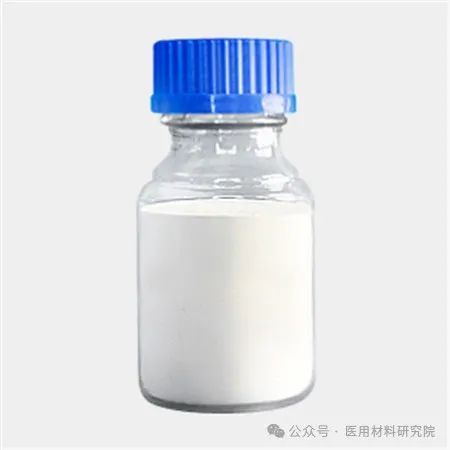
◎ Poly-L-lactic acid (PLLA): Its chemical formula is (C₆H₈O₄)n, which is a synthetic linear aliphatic polyester made by polymerizing L-lactic acid monomers into a degradable high molecular material.
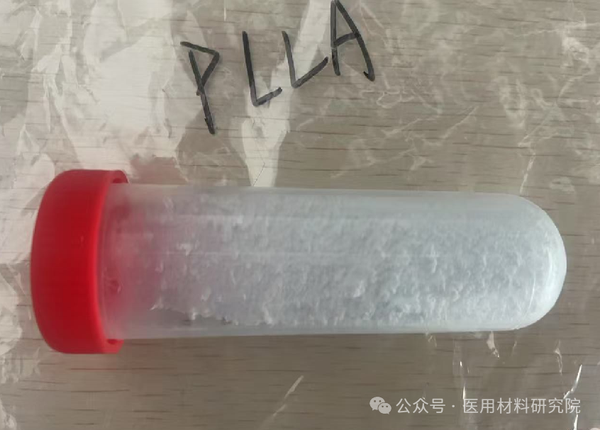
Physical and chemical properties
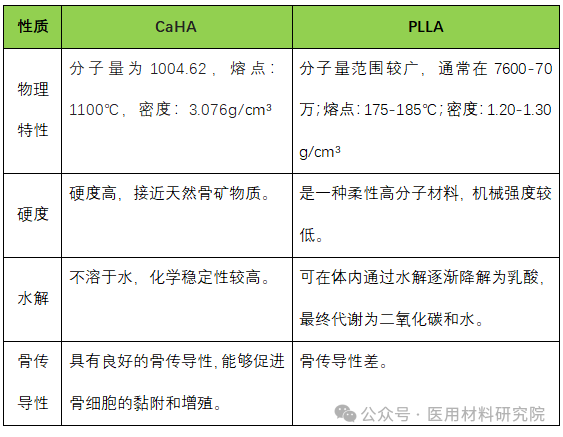
Biological performance
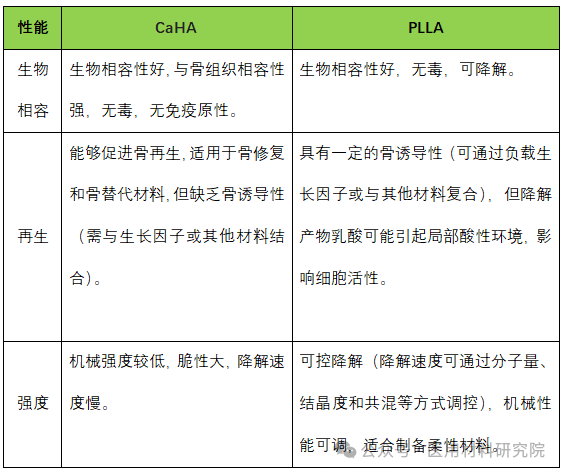
Application Area
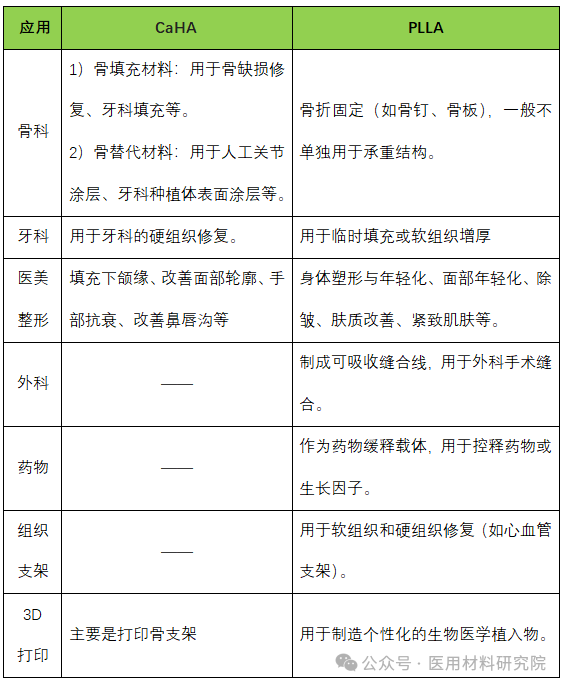
Applications of Composite Materials
Since CaHA and PLLA have their own advantages and disadvantages, they are often combined to form composite materials to compensate for the shortcomings of single materials. CaHA/PLLA composites combine the osteoconductivity of CaHA with the biodegradability of PLLA and are widely used in bone tissue engineering and bone repair materials. By optimizing the composite ratio and structural design, both excellent mechanical and biological properties can be achieved. The CaHA/PLLA composite material, made by combining the two, can leverage their respective advantages to meet more complex clinical needs.
【Copyright and Disclaimer】The above information is collected and organized by PlastMatch. The copyright belongs to the original author. This article is reprinted for the purpose of providing more information, and it does not imply that PlastMatch endorses the views expressed in the article or guarantees its accuracy. If there are any errors in the source attribution or if your legitimate rights have been infringed, please contact us, and we will promptly correct or remove the content. If other media, websites, or individuals use the aforementioned content, they must clearly indicate the original source and origin of the work and assume legal responsibility on their own.
Most Popular
-

Dow, Wanhua, Huntsman Intensively Raise Prices! Who Controls the Global MDI Prices?
-

Clariant Unveils Cost-Cutting Plan Details, Plans to Shut Down Multiple Plants
-

[Today's Plastics Market] General Materials Weakly Fluctuate, Engineering Materials Steadily Rise
-

New Breakthrough in Domestic Adiponitrile! Observing the Rise of China's Nylon Industry Chain from Tianchen Qixiang's Production
-

Daily Review: Polyethylene Prices Under Weak Consolidation, Sellers Face Significant Pressure to Move Inventory






